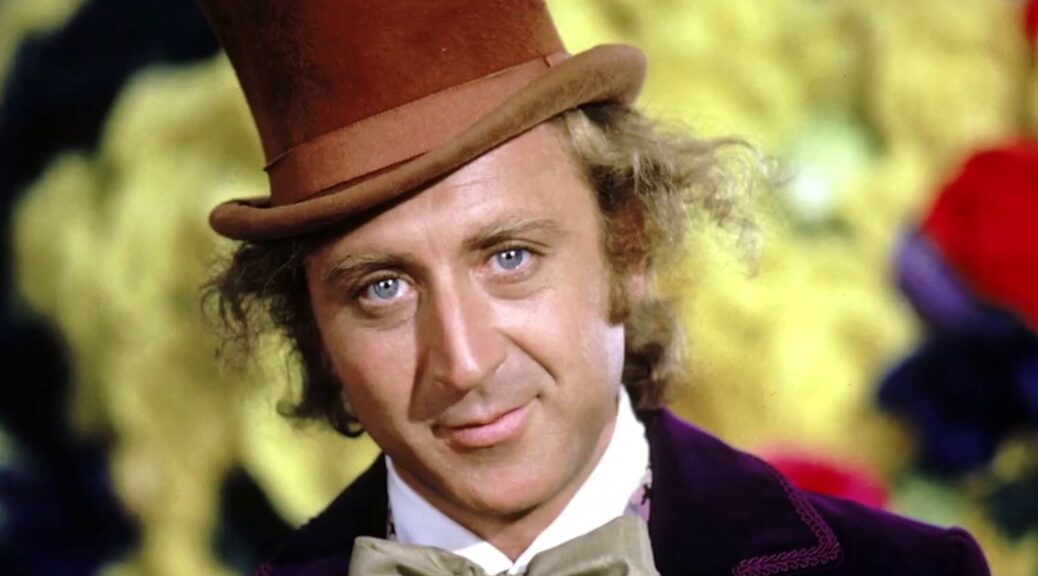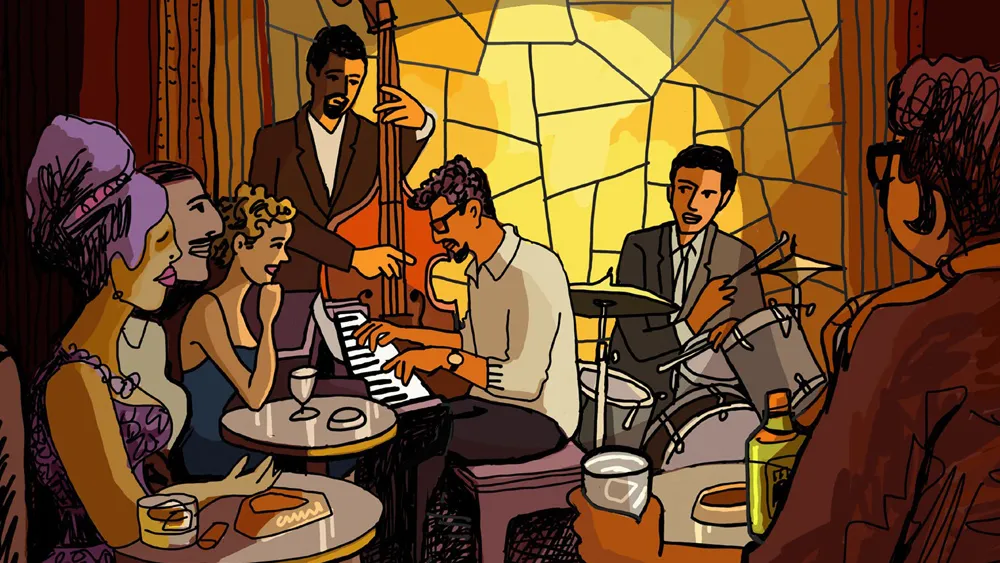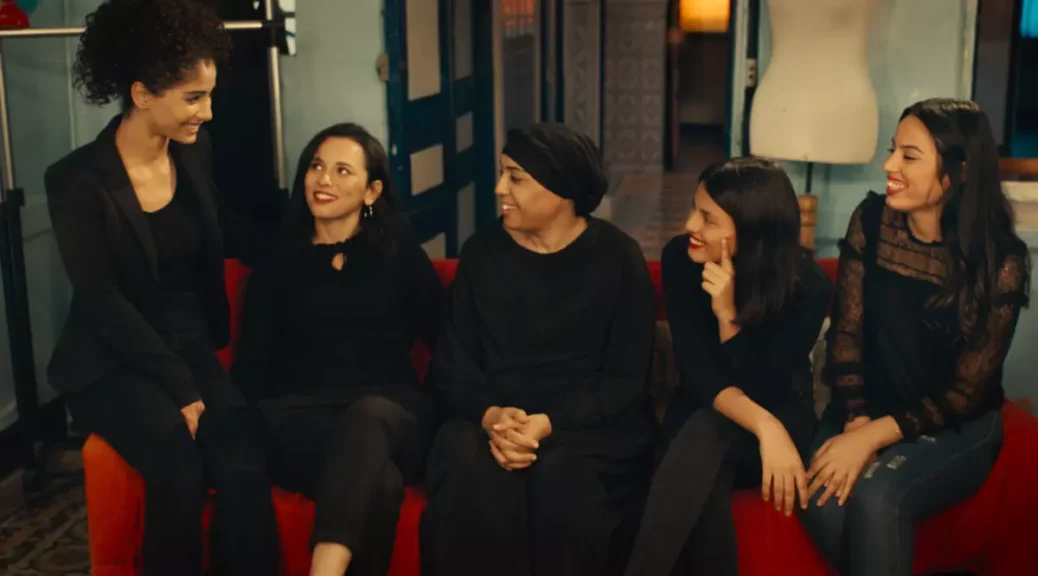Will & Harper
by Hope Madden
Harper Steele loved traveling America and spent years upon years hitchhiking and driving from town to town, dive bar to dive bar, stock car race to pool hall to backwater, savoring every minute of it. But since she transitioned a couple of years ago, she’s afraid to do it anymore. She’s afraid to travel these roads in the same way any woman would be, and she’s afraid to travel them in the way that only a trans woman would be.
Her friend thinks maybe she can reexplore the country she loves as her true self if she has a man with her. Preferably a big, lumbering, lovable, friendly, famous friend willing to shift attention away from her whenever she might want him to. All she has to do is agree to go to stop at least once so Will Ferrell can get a traditional glazed at Dunkin Donuts.
There are so many reasons to watch Will & Harper, not the least of which is to see two of the smartest comedic minds (the two met on SNL when Steele was head writer for the show) riff.
And it’s not just the two of them. Their trip leads to run ins with some great SNL alum and a reminder that Kristin Wiig is insanely talented.
Another great reason to watch Will & Harper is that this film fits so beautifully into that American cinematic tradition of emotional, thrilling, deeply human road picture: one relationship changes and deepens with the landscape as America itself is more clearly revealed.
Because Steele’s America is not what anyone would consider a safe space for trans people—but where, really, is that space?
The friends begin in NYC with an SNL reunion and an awkward-at-best hug from Lorne Michaels. At a Pacers game, Indiana governor Eric Holcomb is eager to meet Ferrell, and it isn’t until a little googling after the photo op that he and Harper learn about the Republican politician’s aggressively anti-trans and anti-LGBTQ2+ policies. The scene leads to the first of many brazenly honest and emotional moments between the friends.
Ferrell’s tenderness and endearingly bumbling protectiveness is deeply lovely, even when—maybe especially when—it’s almost desperate. The deeper into red state territory the two travel, the more attention seeking Ferrell seems, almost certainly to try to create a protective shield around his friend. It doesn’t always work, and his own grief at his shortcomings as her friend are heartbreakingly lovely.
But it’s Steele whose openness and forthrightness breaks any but the coldest and most ignorant heart. And what she does—she and her buddy—that’s so important is to show how utterly and undeniably normal it all is: hating the way you look in a bathing suit, wanting and failing to love the sound of your own voice, wondering what it’s like to have boobs for the first time.
Will & Harper just makes you wonder how it can be possible for anyone to be upset by another person’s transition. It also makes you hope those who feel too stigmatized to do it realize that there is a better life.
“From the moment I transitioned, all I wanted to do was live.”
God I hope people see this movie.












